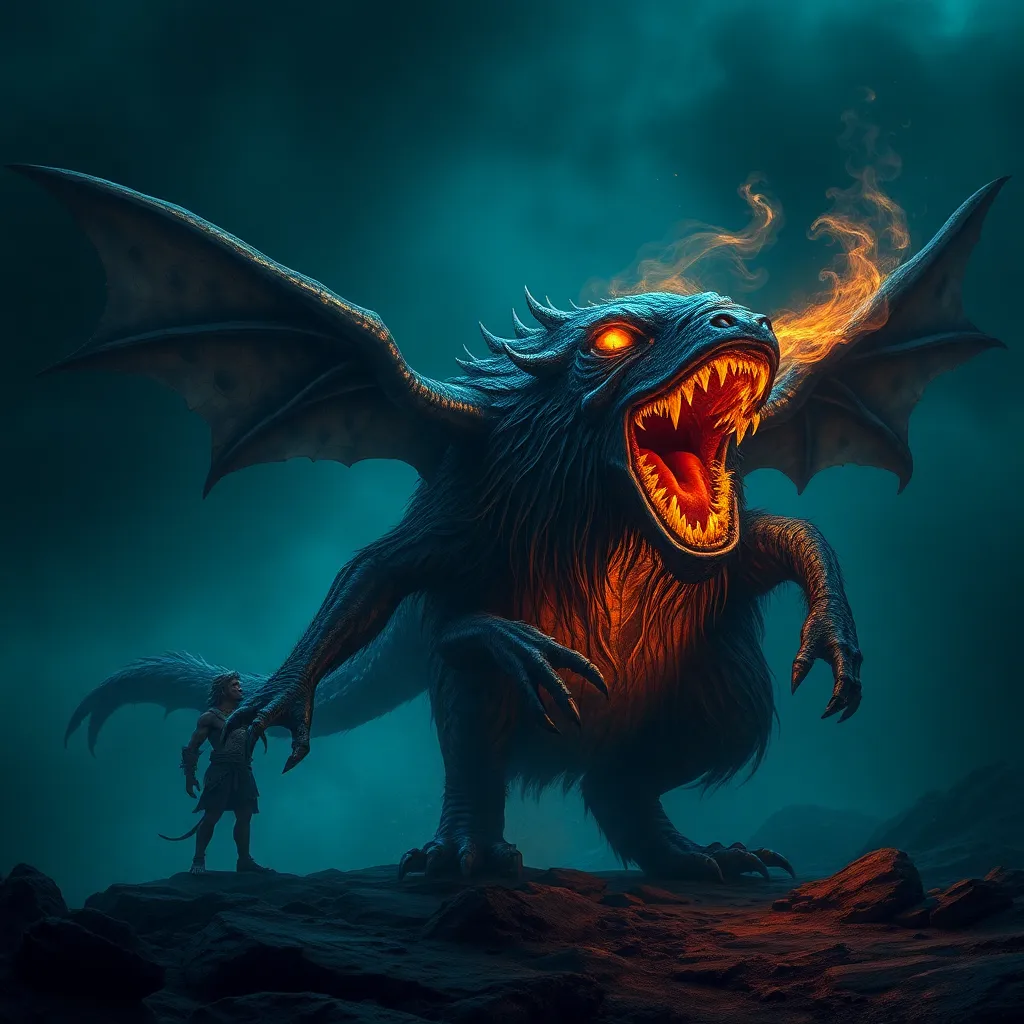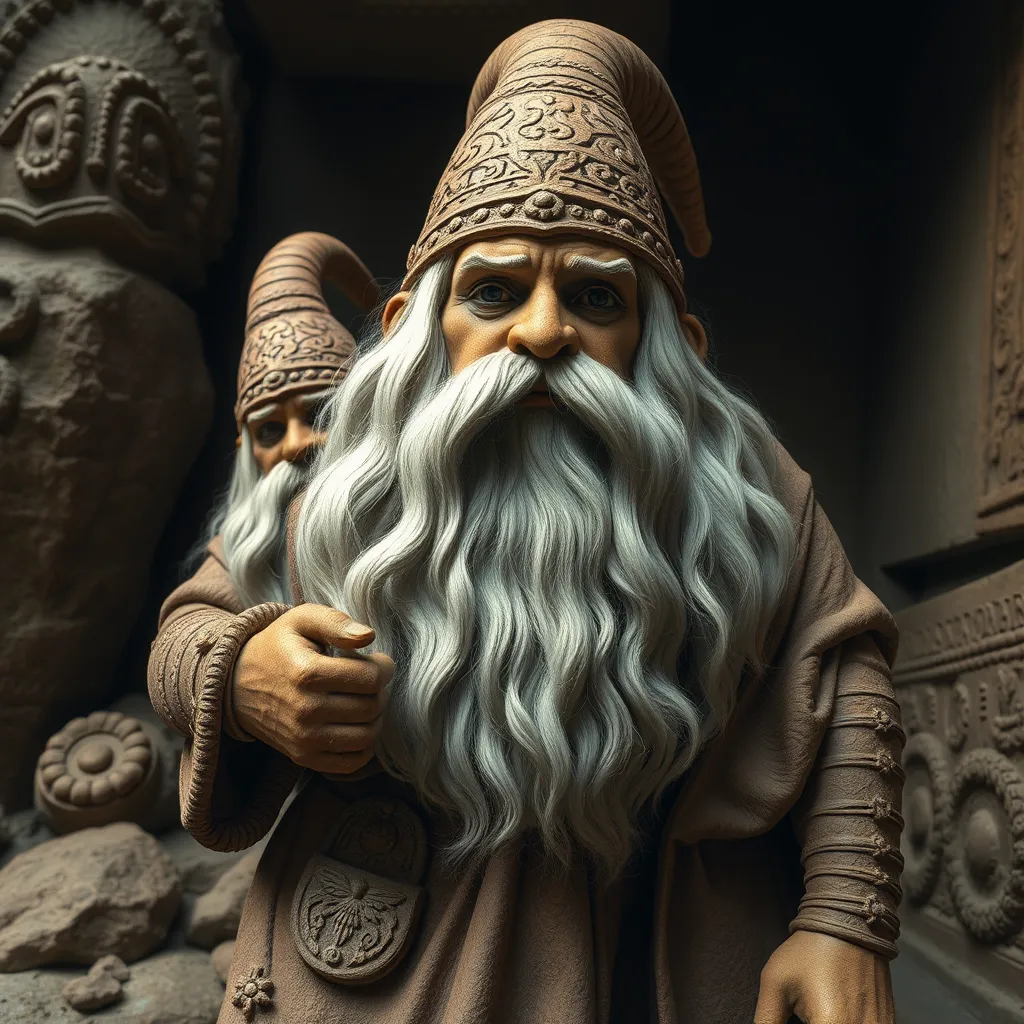From the Faeries of the Mountains to the Sprites of the Forest: Exploring European Fairy Lore
I. Introduction
Fairy lore encompasses a rich tapestry of stories and beliefs surrounding supernatural beings known as faeries, sprites, and other mystical creatures. These tales, deeply rooted in the cultures of Europe, have been passed down through generations, capturing the imaginations of young and old alike. Fairy lore is not just a collection of whimsical stories; it reflects the values, fears, and hopes of the societies that created them.
This article aims to delve into the enchanting world of European fairy lore, focusing particularly on the faeries of the mountains and the sprites of the forest. By exploring the historical context, characteristics, and symbolism of these magical beings, we can gain a deeper understanding of their significance in European folklore.
II. Historical Context of Fairy Lore in Europe
The origins of fairy tales and folklore can be traced back to ancient times when stories were used to explain natural phenomena and the mysteries of life. Many fairy tales have roots in ancient mythologies and religions, drawing influences from various cultures, including the Celtic, Norse, and Greco-Roman traditions.
Oral tradition played a crucial role in preserving these stories, as they were passed down verbally before being documented in written form. This oral storytelling was often communal, with tales evolving over time, adapting to reflect the changing values and circumstances of society.
III. The Faeries of the Mountains
Mountain faeries are often depicted as ethereal beings connected to the rugged landscapes they inhabit. They are characterized by their elusive nature and affinity for the natural world. Common traits include:
- Graceful and enchanting appearances
- Ability to control weather and natural elements
- Trickster qualities, often leading humans astray
Notable regional variations include the Alpine faeries of Switzerland, who are said to guard the secrets of the mountains, and the Scottish Highlands faeries, known for their mischievous antics. Famous tales such as the story of the “Selkie” and the “Banshee” reflect these creatures’ complex relationships with humans and nature.
IV. The Sprites of the Forest
Forest sprites, on the other hand, are often portrayed as playful and benevolent beings that dwell among the trees and flora. Their nature is generally described as:
- Joyful and spirited, embodying the essence of life
- Protectors of the forest and its inhabitants
- Messengers between the human world and the spirit realm
Different cultures have their own representations of forest sprites. In German folklore, for instance, the “Waldgeist” or forest spirit is revered as a guardian of the woods. Well-known stories like “The Nutcracker” and “A Midsummer Night’s Dream” highlight the moral lessons imparted by these enchanting beings, often revolving around love, harmony, and the balance of nature.
V. Comparative Analysis: Mountain Faeries vs. Forest Sprites
While both mountain faeries and forest sprites share similarities in their roles as magical beings, they exhibit distinct differences in habitat, behavior, and symbolism:
-
Similarities:
- Both serve as intermediaries between the natural and supernatural realms.
- They often embody the characteristics of nature, influencing the world around them.
-
Differences:
- Mountain faeries are typically more solitary and elusive, while forest sprites are social and communal.
- Mountain faeries may symbolize danger and unpredictability, whereas forest sprites often represent joy and protection.
-
Cross-cultural influences:
- Many cultures have adapted the characteristics of these beings, leading to a rich diversity in fairy lore.
- Folklore often intertwines, with mountain faeries influencing stories of forest sprites and vice versa.
VI. The Symbolism of Faeries in European Culture
Faeries serve as powerful symbols within European culture, representing various aspects of nature and the supernatural. They often embody:
- The duality of existence, where beauty and danger coexist.
- The connection between human emotions and the natural world, highlighting how feelings can influence one’s surroundings.
- Societal values and fears, reflecting cultural attitudes towards nature, femininity, and the unknown.
Through these representations, faeries provide insights into the human experience, reminding us of our interconnectedness with the world around us.
VII. Modern Interpretations and Adaptations of Fairy Lore
The influence of fairy lore extends beyond traditional tales, permeating literature, film, and art. Contemporary adaptations often reinterpret these ancient stories, bringing them to modern audiences. Notable examples include:
- Literature, with authors like Neil Gaiman and Holly Black weaving faerie tales into contemporary narratives.
- Film adaptations such as “Pan’s Labyrinth” and “The Shape of Water,” which explore themes of magic and reality.
- Art movements that draw inspiration from fairy lore, showcasing the enduring allure of these mythical beings.
There has also been a resurgence of interest in folklore, with many embracing these stories as a means of reconnecting with nature and cultural heritage.
VIII. Conclusion
In summary, European fairy lore offers a fascinating glimpse into the cultural psyche, revealing the ways in which human beings have sought to understand the world around them. The exploration of mountain faeries and forest sprites highlights the complex interplay between nature, magic, and society.
The enduring legacy of faeries and sprites continues to inspire creativity and curiosity in today’s world. As we delve deeper into these enchanting stories, we uncover valuable lessons about humanity’s relationship with nature and the mysteries that lie beyond our understanding. We encourage readers to explore fairy tales further, discovering their meanings and the timeless magic they hold.
![]()


